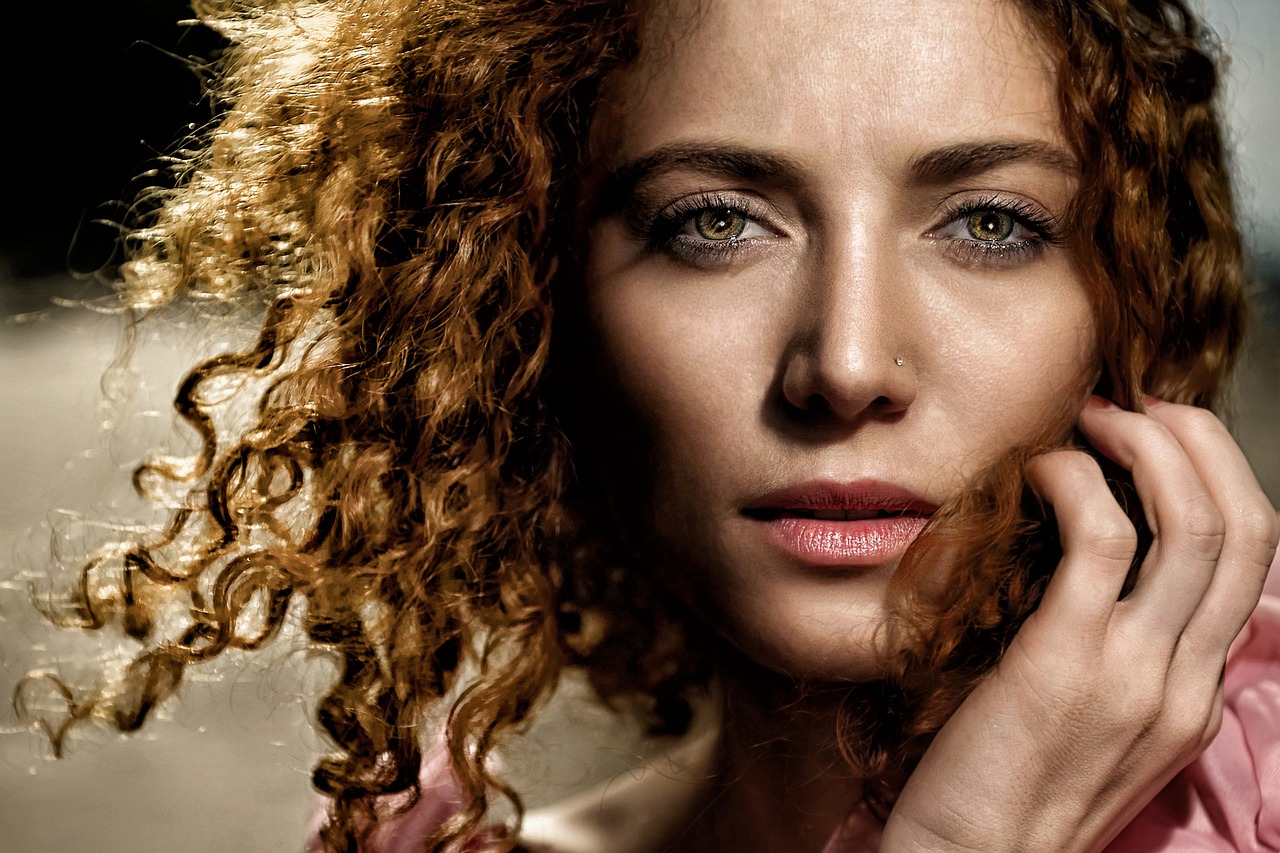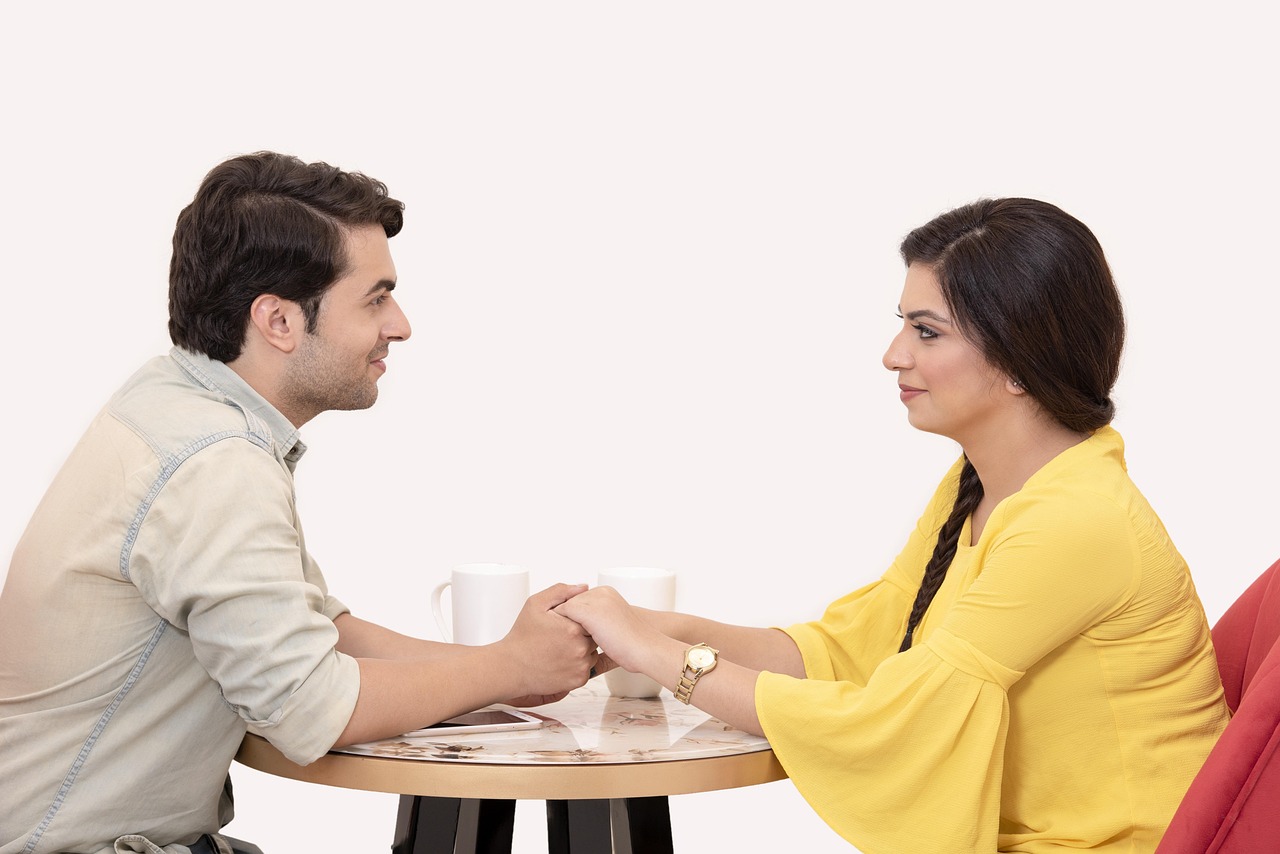Not your smile or figure, this is what men and women find most attractive in each other
A new study reveals what men and women focus on when judging each other's attractiveness, showing surprising differences in how we view each other's faces.
When it comes to judging someone's attractiveness, where we focus our gaze can tell a lot about what we find appealing. A recent study published in The Laryngoscope used eye-tracking tech to figure out which parts of the face grab our attention the most and how this changes between genders. It turns out that men tend to zero in on women's mouths, while women are more likely to focus on a man's eyes and hair. (Also read: Not just men, women are also more attracted to younger romantic partners: Study )

A natural look at what makes a face attractive
Researchers from the Mayo Clinic dig deeper into how we assess facial attractiveness and which features really make a difference in our ratings. While we all know looks matter in everything from dating to job decisions, there's still a lot we don't know about which facial features actually make someone more attractive.

Unlike earlier studies that used edited images or isolated facial features, this new research took a more realistic approach by showing unaltered, neutral-expression faces to observe natural gaze behaviour. Using eye-tracking technology, researchers monitored where 154 adults looked while viewing 40 diverse, high-resolution facial photographs.
What we look at when we think someone’s attractive
Participants were split into three groups one rated attractiveness, another searched for signs of cosmetic surgery, and a third had no specific task (free-gazing). Each face appeared for 10 seconds, and gaze duration was recorded across key facial areas like the eyes, nose, mouth, hair, and jawline.
Participants across all groups mostly focused on the central triangle of the face, eyes, nose, and mouth a pattern consistent with earlier research. However, those rating attractiveness spent more time on the mouth, nose, and cheeks compared to those just observing freely or looking for cosmetic surgery signs.

Faces rated as more attractive drew longer gazes to the central triangle, mouth, and hair, while an increased focus on the forehead and neck was linked to lower ratings, possibly indicating attention to perceived flaws. Gaze patterns also varied by gender: men fixated more on women's mouths, while women focused on men's eyes and hair. This reflects broader trends, men tend to prioritise youth-related features, while women may assess cues tied to trust and grooming. Crucially, this study used eye-tracking to measure these preferences objectively, moving beyond self-reports or edited images.
Why this matters
The researchers noted that their findings could benefit cosmetic and aesthetic medicine by helping identify which facial features most influence perceived attractiveness. This could guide patients toward procedures that make a stronger visual impact.
However, the study had limitations, it used static, front-facing images, which don't reflect how people judge attractiveness in real-life situations involving expressions and movement. It also didn't explore detailed traits like lip shape or eye symmetry, and cultural or personal experiences may still shape individual beauty preferences.
Still, the study stood out for using natural, unaltered faces and diverse participants, offering valuable insight into how people subconsciously assess appearance. For a deeper understanding, future research should include videos or 3D images and examine how traits like personality or voice combine with visual cues to influence attractiveness.
Catch your daily dose of Fashion, Taylor Swift, Health, Festivals, Travel, Relationship, Recipe and all the other Latest Lifestyle News on Hindustan Times Website and APPs.
Catch your daily dose of Fashion, Taylor Swift, Health, Festivals, Travel, Relationship, Recipe and all the other Latest Lifestyle News on Hindustan Times Website and APPs.






